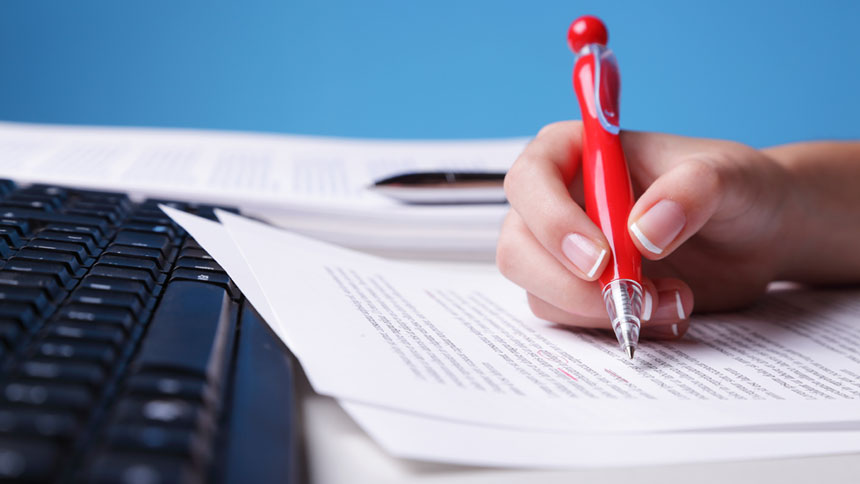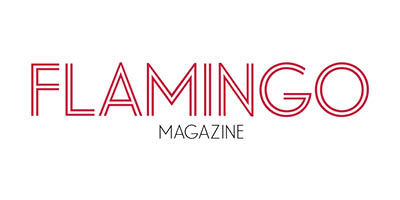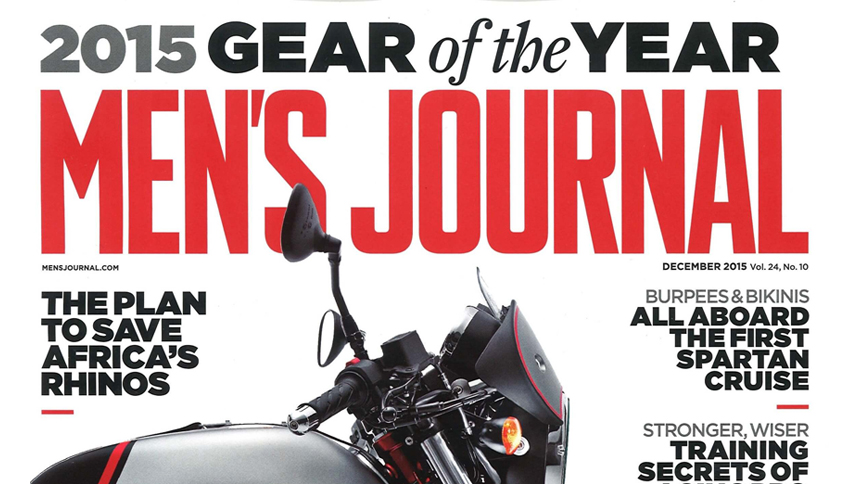Folks in the business world know that it’s a lot easier to sell to existing customers than to find new ones, and this theory certainly applies in publishing. Once you land a byline with a magazine or website, the editorial ground is especially fertile for you to reap lots more work—if you play your cards right.
Here’s what veteran editors say you can do during and after that first assignment to keep the checks rolling in.
Also on Mediabistro


DURING THE FIRST ASSIGNMENT:
1. Do your BEST work
First impressions are everything, so it should go without saying, that the best way to get on an editor’s good side and increase the odds of getting more work is to do a stellar job on the first assignment.
“Freelancers that write consistently for the book or online all pretty much have the same story,” said Jermaine Hall, speaking of his time as editor-in-chief of VIBE. “They got their first assignment, and they were super ambitious. It showed that they were hungry, they were willing to work, and they were willing to go above and beyond to get the story.
2. Don’t make assumptions
You know what they say about people who assume? Well, in the publishing world, you don’t just make an ass of yourself—you also make for a one-and-done writer.
Landing an assignment with that pub you’ve been eyeing for some time is certainly a major coup, but don’t feel so pressured to prove yourself that you neglect to ask any necessary questions for fear of seeming amateur or unintelligent. For Amy Spitalnick, former senior editor of Vegetarian Times, the most unprofessional thing you can do is to assume you know what the editor is looking for.
“Editors know their readers, and they’re looking for a particular tone and angle, and you need to really talk to the editor to get a feel for that,” Spitalnick said. “I would rather have somebody ask a question than to second guess me and submit copy that suggests they’re more interested in doing their own thing…”
Her advice is simple: “Ask the editor, ‘What is the connection that you want to make with your reader, and how can we work together to make that happen in this piece?'”
3. Revise, revise, revise
Yes, you’re a brilliant grammar ninja, but you still need an editor.
“On the first couple of assignments, don’t give too much push-back, resisting editorial changes,” suggested Bruce Fretts, senior articles editor of Closer Weekly. “Then, once you develop a relationship with the editor, I think you can start to engage a little bit more if there are changes that you don’t agree with.”
Hall also prefers working with freelancers who take direction well. “I don’t like when writers take edits as suggestions,” he said. “I like writers to really show me that they’re following the edits that were given, because there’s a plan in place and a bigger picture, which is to get the greatest story.”
AFTER THE FIRST ASSIGNMENT:
4. Follow up
As a freelancer hustling from one assignment to the next it can be easy to take the money and run once final edits have been approved. That’s not, however, a good strategy for landing more work. Writing can be extremely solitary, but developing strong relationships with editors is key if you’re not too keen on subsisting entirely on Top Ramen.
Once your piece runs, a simple thank you to the editor for polishing up your article and making it publish-ready can go a long way, said Fretts. “Drop an email and say that you appreciated the assignment and their work,” he explained. “Don’t just make it a cold business relationship.”
5. Keep pitching (and reading the magazine)…
There are few things that an editor loves more than a freelancer who is armed with a never-ending supply of fresh ideas. Yet, while most freelancers understand the importance of getting familiar with a publication before sending an initial query, few know to continue reading the mag after they’ve landed their first story.
“I can’t tell you how many times this has happened,” recalled Spitalnick. “Somebody’s done a piece for me, and then they pitch something that has really no place in the magazine, and that tells me they aren’t continuing to look at the magazine. So, I would say, if you’re serious about setting up a relationship with an editor at a magazine, you need to read the magazine and become familiar with it.”
Once you have an idea that you think is a sure sale, don’t fire off a lazy email just because you now know the editor on a first-name basis. Taking the time to develop a fully fleshed-out pitch is critical.
“I’ll get an email that says, ‘Jay-Z has an album coming out this summer, and I’d love to do a story on him,'” said Hall, who believes that good pitching is a lost art. “That’s the whole pitch, but I still need to know the unique angle for the story. How are you going to help me sell magazines? What’s the sizzle?”
Specifically, Hall looks for a concise email (“If I can’t see your road map in four paragraphs, chances are I’m not going to keep reading”) that explains why the story is important, the direction the writer is going to take within the story, what interesting thing the writer is going to expose and how he or she plans to expose it.
6. But don’t be a stalker!
You may think it’s a good idea to stay top of mind with weekly emails letting an editor know that you’re “still accepting assignments,” but it’s not. At all. Editors are generally working on multiple stories simultaneously, so if you’re going to email, make sure there’s a great pitch inside it.
Fretts likened freelancing to dating, adding that writers have to carefully toe the line between nurturing a budding relationship and not coming off as an overzealous bug-a-boo.
Spitalnick was more direct: “If you’ve done a good job, I will be in touch with you,” she said. “Do not waste editors’ time with a ‘Hi, how are ya?’ ”
Topics:
Go Freelance









